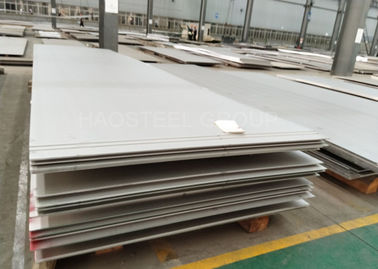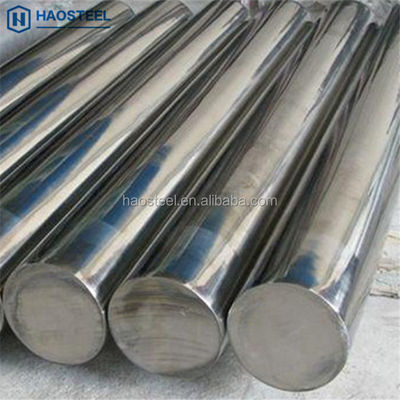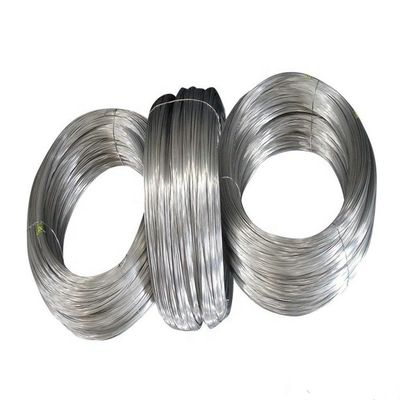Do you know the difference between stainless steel 304, 304L, 316 and 316L? Actually, they're all austenitic stainless steel.
304, 316 stainless steel difference
The main component of 304 stainless steel is 18% chromium and 8% nickel, and the main component of 316 stainless steel is 16% chromium, 10% nickel and 2% molybdenum. The addition of molybdenum makes 316 stainless steel more corrosion resistant than 304 stainless steel, especially in the Marine environment, 316 stainless steel performance is better. In addition, 316 stainless steel is more heat stable than 304 stainless steel and can be used in a higher temperature range. Therefore, 316 stainless steel is generally used in Marine, high temperature, chemical and other more severe highly corrosive environments. However, its use cost is higher than 304 stainless steel, so the common stainless steel products in daily life, such as thermos cups, stainless steel bowls and chopsticks, kettles, etc., are basically 304 stainless steel.
The difference between stainless steel grades with and without L
First of all, we need to briefly understand intergranular corrosion, which means that the metal will precipitate carbide in the process of high-temperature welding, thus affecting the stability of welding. In order to prevent this phenomenon, it is necessary to reduce the internal carbon content of stainless steel, this carbon content reduction of stainless steel will be added to the back of the row number an L to indicate, so 304L is a low-carbon version of 304 stainless steel, carbon content < 0.03%, performance and appearance are basically the same as 304 stainless steel, 316L is ultra-low carbon steel.
304 and 304L stainless steel difference
Stainless steel 304 and 304L are austenitic stainless steel, 304L stainless steel carbon content ≤0.03%, 304 stainless steel carbon content ≤0.08%, the hardness of 304 stainless steel is better than 304L, 304L stainless steel the biggest feature is to improve the sensitivity of intergranular corrosion, reduce the carbon content of the welding site, Without causing actual thermal sensitization problems.
The difference between 316 and 316L stainless steel
Due to the low carbon content and the addition of molybdenum, 316 stainless steel improves the corrosion resistance to acid, alkali and salt, and has better resistance to chloride corrosion. 316L is a stainless steel grade that continues to reduce the carbon content on the basis of 316 stainless steel, and has stronger corrosion resistance. 316 stainless steel is widely used in the food industry and surgical equipment. 316L stainless steel after mirror treatment, the surface friction coefficient is small, commonly used to do material flow conductance. The strength of 316L stainless steel is lower than 316 and easy to process, and the welded section of 316 stainless steel needs to be annealed after welding, but 316L stainless steel does not need this step.
At present, HAOSTEEL main 304, 201, 316L, 304L, 309S, 310S, 321, 430, 2205 duplex steel, antibacterial steel and other stainless steel coil, plate, belt, gutter, disc, water tank plate, laser cutting parts, etc., can meet the opening, sash, scrub, mirror, cutting, oil grinding wire drawing, sheet metal, stamping products and other needs. Has established long-term strategic cooperation with a number of well-known brand enterprises, providing product materials for a wide range of services in the kitchen and bathroom supplies, environmental protection equipment, building decoration, catering and medical, petrochemical, animal husbandry and other fields.
That is the content of this issue, if you have any shortcomings, you can contact us. Do you know the difference between stainless steel 304, 304L, 316 and 316L? Actually, they're all austenitic stainless steel.

 Your message must be between 20-3,000 characters!
Your message must be between 20-3,000 characters! Please check your E-mail!
Please check your E-mail!  Your message must be between 20-3,000 characters!
Your message must be between 20-3,000 characters! Please check your E-mail!
Please check your E-mail! 










